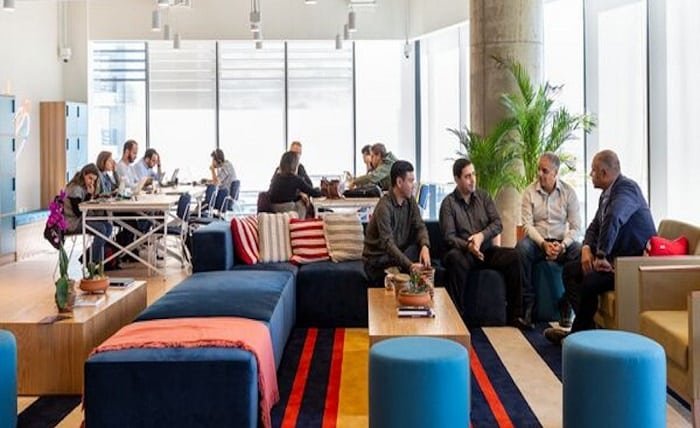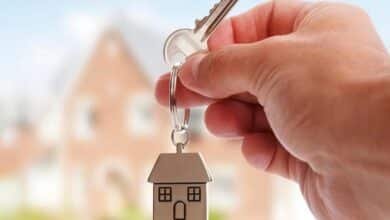Promoting Community: Creating Functional Shared Spaces for Everyone

Shared spaces are the heart of any community. They are where friendships blossom, ideas are exchanged, and cultures blend. However, creating functional shared spaces that cater to everyone is an art that requires thoughtfulness and creativity. This blog post explores how to design shared environments that foster community interaction and ensure inclusivity for all.
The Power of Shared Spaces
Shared spaces are more than just physical areas; they are the lifeblood of a community. These spaces help build connections among diverse groups, fostering a sense of belonging. From parks and plazas to community centers, shared spaces offer opportunities for social interaction that strengthen communal ties.
While the concept sounds simple, the execution involves understanding the unique needs of different demographics. A well-designed space considers accessibility, safety, and comfort, accommodating everyone from children and parents to seniors and individuals with disabilities. By catering to these needs, shared spaces become vibrant hubs that promote unity and collaboration.
Understanding Community Needs
Creating effective shared spaces begins with understanding the community’s unique needs and preferences. Each community has its own character, shaped by cultural, economic, and social factors. Engaging community members early in the planning process ensures that their voices are heard and their needs are met.
Community surveys, workshops, and focus groups are valuable tools for gathering input. These methods allow planners to identify the types of activities and facilities residents desire. Some may prioritize sports facilities, while others may value quiet areas for relaxation. Incorporating diverse perspectives leads to shared spaces that reflect the community’s collective vision.
Designing for Accessibility
Accessibility is crucial in creating inclusive shared spaces. A well-designed area should be navigable for all, regardless of physical ability. This involves considering wheelchair accessibility, clear signage, and pathways that accommodate strollers and mobility aids.
Designers must also consider sensory accessibility, ensuring spaces cater to individuals with sensory sensitivities. This includes minimizing noise pollution, using non-glare lighting, and providing quiet zones. By prioritizing accessibility, shared spaces become welcoming environments for everyone, encouraging greater participation and engagement.
Balancing Nature and Urbanization
Integrating natural elements into shared spaces offers numerous benefits. Greenery enhances aesthetic appeal, reduces stress, and improves air quality. Parks, gardens, and green roofs create serene environments that invite relaxation and reflection.
However, balancing nature with urbanization requires careful planning. Urban areas often lack green space, making it essential to incorporate nature creatively. Vertical gardens, rooftop parks, and tree-lined walkways are innovative solutions that bring the outdoors into urban environments, fostering a connection with nature even in densely populated areas.
Encouraging Social Interaction
Shared spaces should encourage social interaction, fostering connections between community members. Seating arrangements, gathering areas, and interactive installations are effective ways to facilitate engagement. For instance, benches arranged in circles or semicircles invite conversation and camaraderie.
Interactive installations, such as public art or play areas, spark curiosity and encourage interaction. These features create focal points that draw people together, fostering a sense of community. By designing spaces that invite engagement, communities can strengthen social bonds and promote a sense of belonging.
Incorporating Local Culture
Celebrating local culture in shared spaces creates a strong sense of identity and pride within the community. Art installations, murals, and cultural events showcase the area’s rich heritage and diversity. Collaborating with local artists and cultural organizations ensures authenticity and community involvement.
Cultural elements can also be integrated into the design itself, reflecting the community’s history and values. Unique architectural styles, materials, and motifs can be used to create spaces that resonate with residents. By incorporating local culture, shared spaces become meaningful places that tell the community’s story.
Ensuring Safety and Security
Safety and security are paramount in shared spaces. Well-lit areas, clear sightlines, and emergency facilities enhance safety for all users. Designing spaces with safety in mind ensures that residents feel comfortable and secure, encouraging greater use and enjoyment.
Community involvement in safety initiatives fosters a sense of ownership and responsibility. Neighborhood watch programs, regular maintenance, and open communication between residents and authorities contribute to a safe environment. A secure shared space promotes trust and confidence within the community.
Versatility and Flexibility
Versatile and flexible spaces accommodate a wide range of activities and events. Multi-functional areas can host markets, concerts, sports activities, and more. By designing spaces that adapt to various uses, communities can maximize the potential of their shared environments.
Modular furniture, retractable walls, and movable installations offer flexibility without sacrificing aesthetics. These features allow spaces to evolve with changing community needs, ensuring continued relevance and use. Versatile shared spaces foster dynamic community engagement and activity.
Incorporating Technology
Technology enhances the functionality and appeal of shared spaces. Wi-Fi access, charging stations, and interactive kiosks cater to tech-savvy users. Integrating technology creates modern environments that attract a diverse demographic, from students to professionals.
Smart technology systems optimize lighting, heating, and security, ensuring efficient and sustainable use. These innovations enhance user experience while promoting environmental responsibility. By incorporating technology, shared spaces remain relevant and engaging in an increasingly digital world.
Fostering a Sense of Community
A successful shared space fosters a strong sense of community. Events, workshops, and activities bring residents together, encouraging interaction and collaboration. Community gardens, sports leagues, and cultural festivals are popular ways to engage residents and create lasting connections.
Building community partnerships with local organizations and businesses strengthens ties and enhances resources. These collaborations expand programming and support initiatives that benefit the entire community. By fostering a sense of community, shared spaces become places of connection and growth.
Conclusion
Creating functional shared spaces is vital to promoting community well-being and cohesion. Thoughtful design that considers accessibility, culture, and engagement leads to environments where everyone feels welcome. By investing in shared spaces, communities can build stronger connections and a brighter future.
For those interested in exploring new townhomes in Salt Lake City, consider how shared spaces can enhance your living experience. Whether you’re seeking vibrant social hubs or tranquil retreats, shared spaces offer endless possibilities to enrich your lifestyle.





